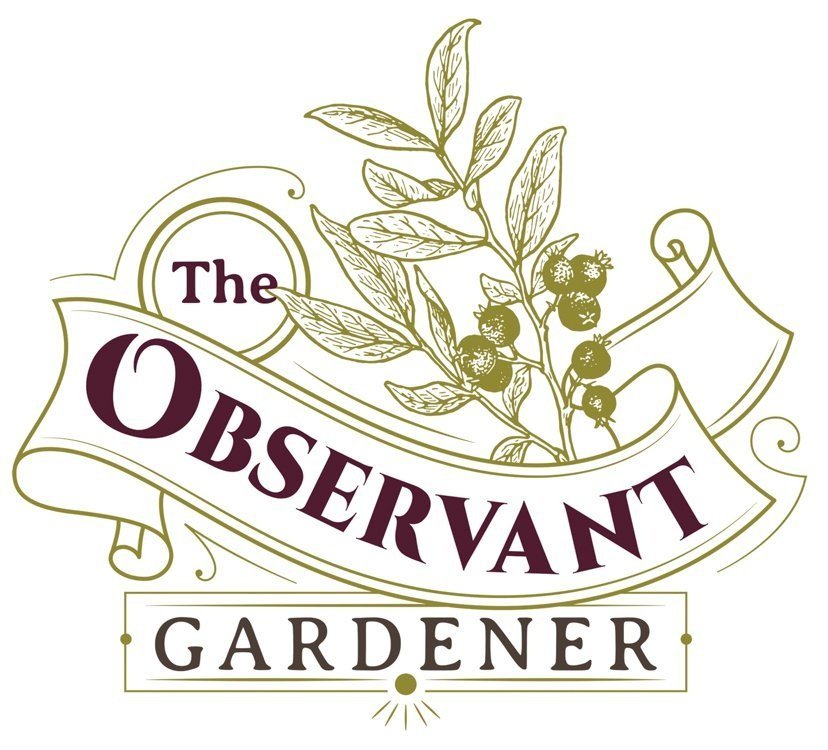Many eyes go through the meadow, but few see the flowers in it - Ralph Waldo Emerson
One day when I had no schedule, I wandered through the Rose Garden at the Biltmore Estate in Asheville, North Carolina. It was early on a spring morning with no other visitors. I was alone with the roses. In this relaxed setting, with no time restrictions, I felt like my ability to observe the plants was enhanced. I walked slowly, and frequently paused to admire different roses. As the expression goes, I took the time to smell the roses.
During a visit the previous month, I discovered a large rose bush with exquisite lavender blooms. Now, the lavender roses seemed to have disappeared. The passage of time had brought so many changes to the garden. But I found a different lavender rose bush in another location, along with many other types of rose bushes that I hadn't noticed on my previous trip.
We Need Time to See and Admire
I began to think about Georgia O'Keeffe, who wrote about about needing time to truly see and admire what is in front of our eyes. Of course it is possible to rush through a setting and possibly glean important visual details, but I prefer to slowly observe my environment. I like to take in the wider view of the broad landscape, but also to get up close to certain elements, such as the petals of a flower or an insect on a plant.
Is it necessary to learn how to observe what is around us? Sometimes I think it is. Seeing is our vision working correctly, and observation is paying attention to what we see. Observing is the act of being present, of being fully awake in the moment. We need to learn how to observe things in a thoughtful manner and enhance our ability to study details with intention.
Slow Down and Pause
This philosophy applies especially to my work as a writer, photographer and gardener. As I tend to my garden, I carefully notice the plants from day to day. I slow down and pause to study what is growing. I also eliminate distractions, such as talking to others. For me, observation is a solitary act that frequently leads to making photographs of what I observe.
I believe we can develop the skill of observation by employing all the senses, not just vision. I had complete awareness when I walked through the Biltmore rose garden, appreciating the birdsong, the fragrance of the roses, and the overall beauty of the plants in the morning light.
When Georgia O'Keeffe created her large close-up paintings of flowers, she wanted to show details that others could not see. Because they are small, she chose to magnify the flowers on her canvas in order to explore them in depth. She wrote, "If you take a flower in your hand and really look at it, it's your world for a moment." This was how she developed her power of observation. Try cultivating your power of observation by slowing down, eliminating distractions, and appreciating the beauty around you.
This article appears in The Laurel of Asheville. Follow @TheObservantGardener on Instagram to see new garden photos daily!

